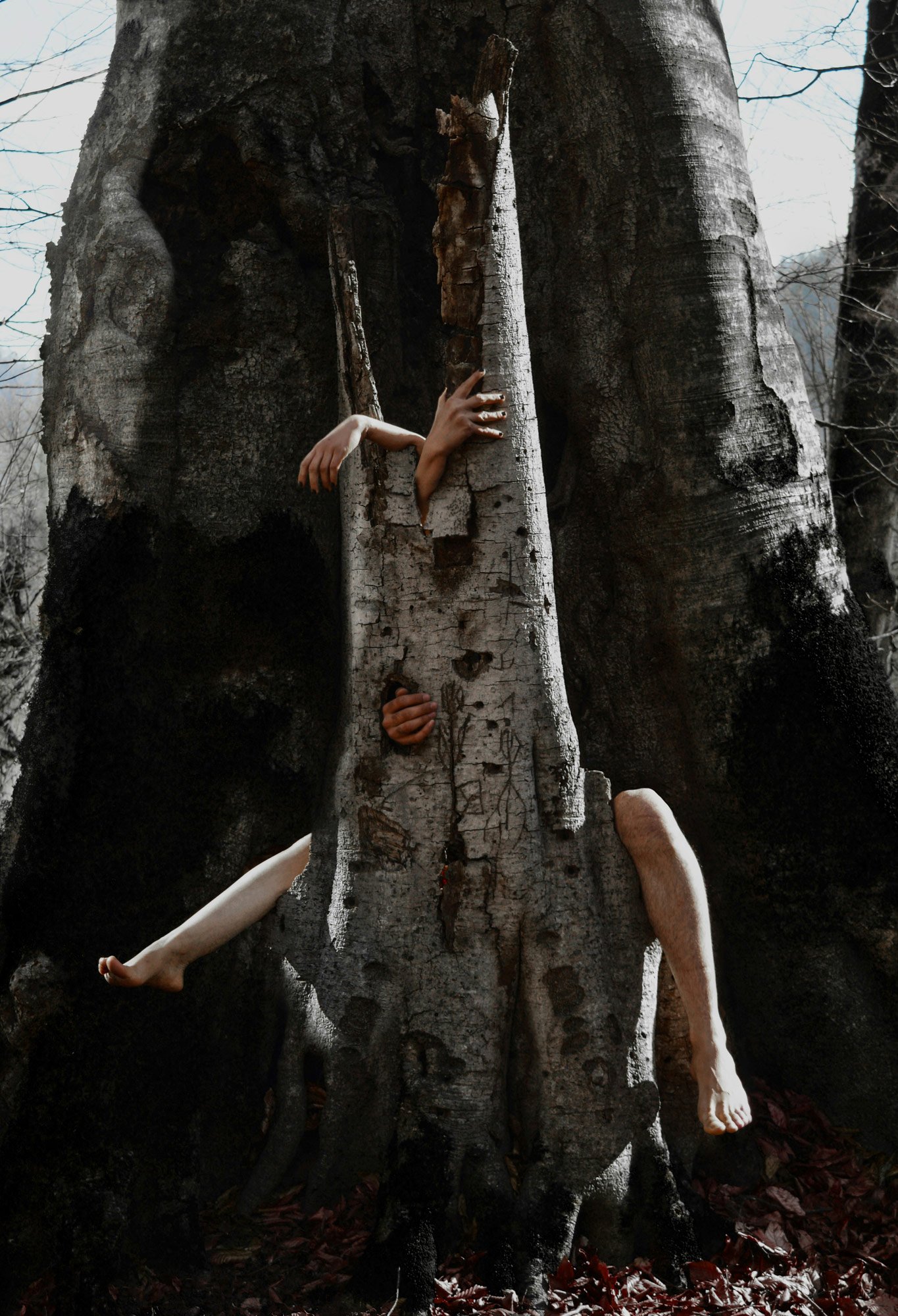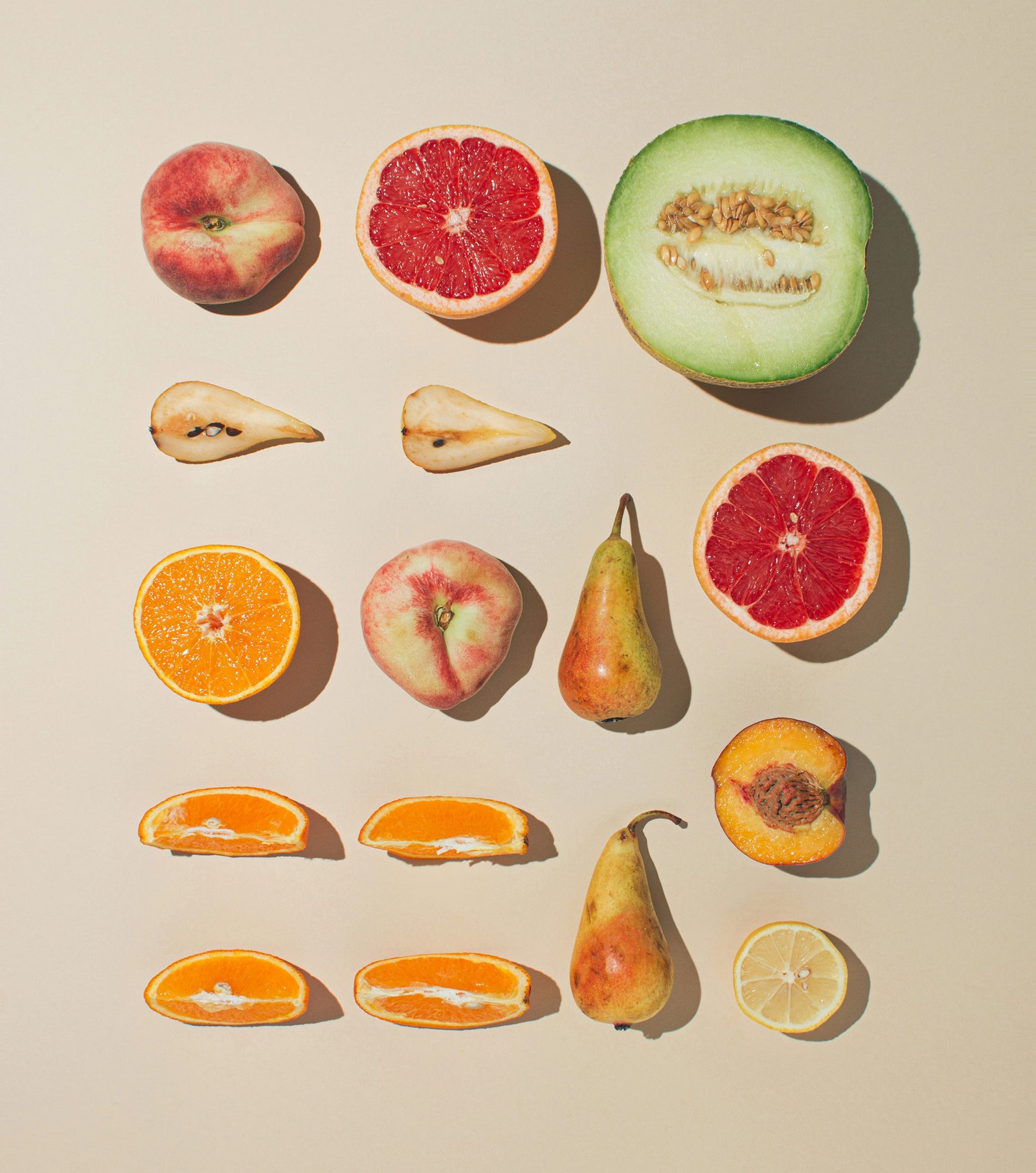Introduction
Body Mapping is a reflective and creative practice that combines art and self-awareness. It helps explore the connection between the body, emotions, and experiences. Traditionally, participants create a life-sized representation of themselves on paper. They use colors, symbols, and textures to depict internal feelings and thoughts. However, body mapping can also go beyond flat surfaces. It may expand into performance and installation art, using various media to express inner states and narratives.
By incorporating materials such as fabric, clay, light, sound, or movement, participants can transform body mapping into a dynamic, multisensory experience. As a result, the creative process allows individuals to express their inner world in innovative ways. In turn, this fosters a deeper understanding of identity, relationships, and well-being. Moreover, body mapping is especially powerful in group settings. Through shared exploration, participants can build empathy, connection, and mutual insight.

Benefits of Mixed Media Body Mapping
- Multidimensional Expression
Mixed media, in particular, allows participants to represent complex emotions and narratives that may be difficult to express with traditional tools. In this way, it opens the door to more nuanced and layered storytelling.
- Engages Multiple Senses
Furthermore, the incorporation of tactile, auditory, and visual elements creates a rich sensory experience. As a result, participants are able to explore their inner worlds more deeply and holistically.
- Supports Individual Creativity
In addition, participants can choose media that resonate with them personally. For example, sculpting with clay may feel grounding, using light can symbolize transformation, and adding sound might represent memories or emotions.
- Fosters Collaborative Creativity
In group settings, shared materials and co-creation not only strengthen bonds but also encourage open communication and mutual understanding.
- Encourages Playfulness and Innovation
Moreover, experimenting with different media inspires creativity. It also invites participants to approach self-expression and healing in fresh, exciting ways.
Steps to Practice
Prepare Materials and Space
Gather diverse materials such as large paper, paints, fabrics, clay, markers, projectors, and sound equipment. Set up a comfortable, open space for creation.Outline the Body
Trace a life-sized outline of the body on paper, or create a symbolic shape to represent oneself.Choose Media and Themes
Reflect on themes you want to explore, such as personal growth, emotions, or physical sensations. Select materials that best represent these themes.Layer with Mixed Media
Use paints, textiles, clay, or digital projections to add textures, colors, and symbols. Allow each layer to express a different aspect of your inner experience.Integrate Movement or Sound
Enhance your body map by incorporating movement or sound. For example, use gestures to “activate” the map or record sounds that represent different parts of your emotional or physical state.Reflect and Share
Observe your completed map and consider what it reveals. In group settings, share your work and insights to foster connection and mutual understanding.
What to Expect in a Session
Introduction and Grounding
Sessions begin with a mindfulness exercise to help participants connect with their bodies and reflect on their intentions for the process.Material Exploration
Facilitators introduce the available materials, encouraging participants to explore how different media can express their emotions and experiences.Creating the Body Map
Participants trace their body outlines and begin layering colors, textures, and other media, guided by their chosen themes.Movement and Interaction
Participants may integrate physical movements or interactions with their body maps, adding a performative or interactive element to the experience.Reflection and Sharing
The session concludes with a group discussion or journaling activity, allowing participants to process their insights and share their creations.
How This Approach Heals
- Self-Knowledge
Through body mapping with mixed media, participants are able to externalize internal experiences. This process helps uncover patterns and connections that may not be immediately apparent. By observing and interpreting their creations, participants gain greater clarity about emotional triggers, physical sensations, and areas of personal growth.
- Stress Relief
Moreover, the creative act of using colors, textures, and symbols to represent emotions provides a constructive outlet for stress. In addition, engaging multiple senses through mixed media enhances this therapeutic effect, helping participants release tension and achieve emotional balance.
- Relationship Building
In group settings, sharing body maps fosters trust and mutual understanding. As participants witness how others represent their inner worlds, empathy deepens and a shared sense of humanity emerges. Consequently, interpersonal bonds are strengthened.
- Calmness
Furthermore, the meditative aspects of body mapping—such as repetitive patterns, soothing textures, or mindful interaction with materials—help quiet the mind and reconnect with the body. This, in turn, fosters a sense of grounding and inner peace.
- Sociability
Finally, collaborative body mapping sessions encourage open communication, shared storytelling, and collective creativity. As a result, participants often leave feeling more confident in self-expression and more connected to others in the group.
Long-Term Benefits
Enhanced Emotional Awareness
Regular practice helps participants recognize and process emotions more effectively, leading to greater self-awareness and emotional resilience.Improved Stress Management
By engaging multiple senses and providing a creative outlet, mixed media body mapping helps participants develop sustainable strategies for managing stress.Strengthened Relationships
Sharing stories and creating together builds trust and deepens connections, improving relationships in both personal and professional contexts.Fosters Lifelong Creativity
Experimenting with various media nurtures creative confidence and encourages innovative thinking, which can benefit other areas of life.Builds a Sense of Community
Group body mapping sessions create a sense of belonging and mutual support, fostering long-term social connections and collaboration.
RELATED POSTS

Culinary Art
Introduction Culinary Art Healing is a creative and healing practice that uses the art of cooking and food symbolism as

Aromahealing
Aroma meaning: A Bridge Between Scent and Inner Well-Being Aroma healing is one of the most ancient healing arts, with

